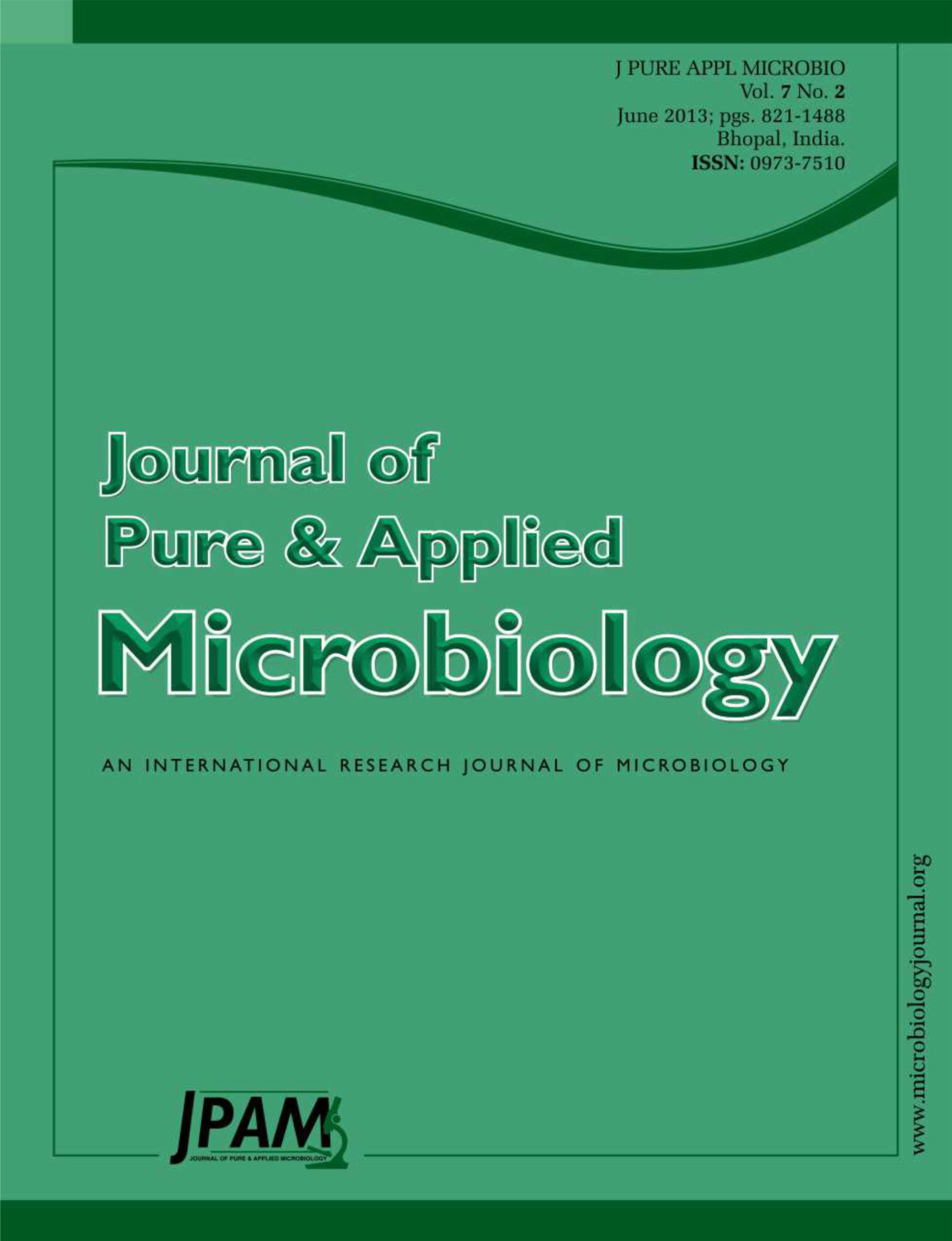In order to evaluate the influence of HPP on microbial growth and shelf-life, HPP of 200MPa, 400MPa and 600MPa for 10min or 20min were applied to vacuum-packed sliced ham, respectively. Modified Gompertz equation was used to model the growth of specific spoilage organisms: mesophilic aerobic bacteria, lactic acid bacteria and psychrophile during refrigerated storage (4°C, 90days). Besides, chemical and sensory properties were analyzed to confirm the end of the shelf-life. According to the results, 105cfu/g of mesophilic aerobic bacteria was suggested as shelf-life criterion for vacuum-packed sliced ham, which differed from previous researches. The analysis of the model showed that HPP could significantly extend the lag phase, slow the growth rate of microorganisms, and thus prolong the shelf-life of vacuum-packed sliced ham (P<0.05). The shelf-life was extended to about 40days by 200MPa, 2months by 400MPa and more than 3months by 600MPa. Furthermore, the main factor affected the inhibition on microbial growth is the pressure level. However, the inhibition efficiency between 10min group and 20min group showed no significant difference (P>0.05).
High hydrostatic pressure processing, Vacuum-packed sliced ham, Microbial growth, Shelf-life, Predictive microbiology
© The Author(s) 2014. Open Access. This article is distributed under the terms of the Creative Commons Attribution 4.0 International License which permits unrestricted use, sharing, distribution, and reproduction in any medium, provided you give appropriate credit to the original author(s) and the source, provide a link to the Creative Commons license, and indicate if changes were made.


